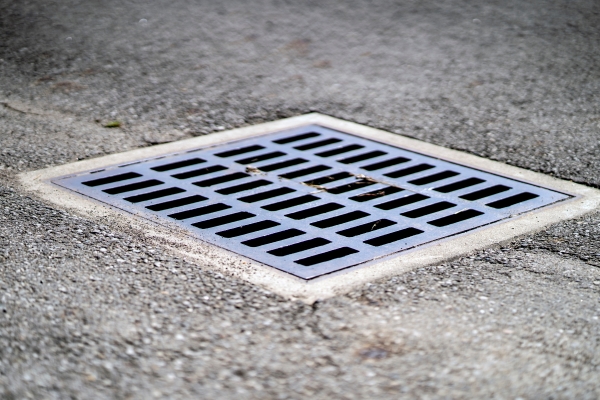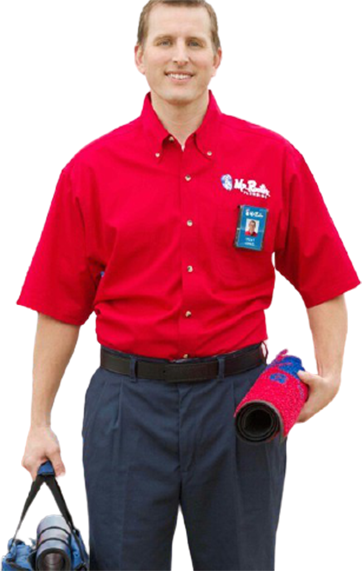Call This Tuesday to Get $35 OFF
Call This Tuesday to Get $35 OFF

January 01
The highest point in Tampa is only about 48 feet above sea level, meaning we are at greater risk of flooding. This threat can be mitigated with quality drainage, however, and there are many options to choose from. In this article brought to you by Mr. Rooter Plumbing of Tampa, we will go over some of the different types of outdoor drains to protect your property from flooding. If you have any questions or concerns, or if you would like to hire a qualified plumber, then feel free to call Mr. Rooter Plumbing of Tampa. We offer a host of services including clogged drain cleaning and drain repair. Our live representatives are on standby to take your call today.
Trench drains, also called channel drains, are designed to prevent water from pooling on watertight surfaces such as walkways, driveways, and pavement around pools. Trench drains are installed in the pavement and covered with a grate to keep debris out of the channel. The pavement is slanted toward the trench drain so water flows directly into the channel and then away from the property.
There is just one letter differentiating French drains from trench drains, and the actual systems are similar too. While trench drains are used for impermeable surfaces, French drains are designed for yards and lawns. Named after Henry French, a judge and farmer from Concord, Massachusetts, the French drain relies on gravity to draw water downward through a few layers of material in a trench.
The trench is dug at the lowest point of the lawn. At the bottom is a geotextile fabric that allows water to pass but not dirt. The next layer is gravel, upon which rests a perforated pipe followed by an additional layer of gravel. Finally, a second layer of geotextile fabric goes on top of the gravel and the remainder of the trench is filled with dirt.
What if water collects at a specific point in the yard? If the amount of water is too much for a French drain to handle, then you might want to install a dry well. You can think of a dry well as a reverse well. Water drains into a large container in the ground where it then percolates into the soil. This is also a good solution for water from gutters and roof downspouts.
A catch basin is sort of a mixture between a dry well and a trench drain. These are similar to storm drains you see on streets and parking lots. Catch basins "catch" excess surface water in a basin and redirect it away from the property, often with the assistance of a pump.
Drains are by no means perfect. One of the most common issues is clogging, which defeats the purpose of a drain. If your drains are causing water backups, then call Mr. Rooter Plumbing of Tampa to schedule a clogged drain cleaning today. Don’t forget to get your free price estimate upfront.
